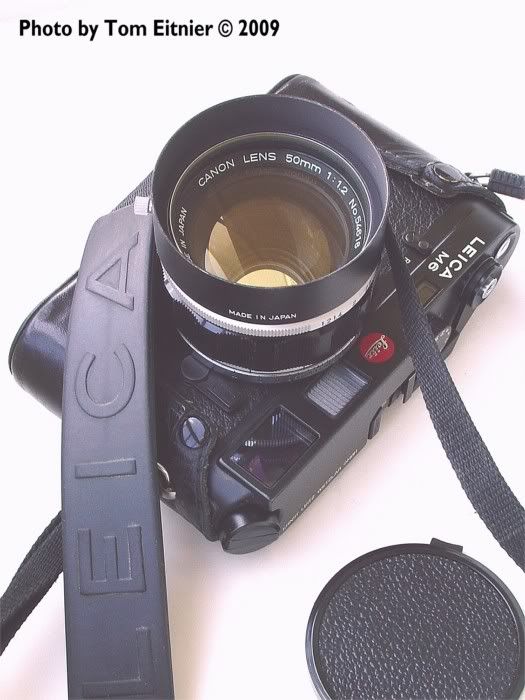Ronald M
Veteran
20 min per raw is way too long. Use presets or change defaults in ACR or with NX2, the program reads the camera settings. Also learn to use batch conversions in either. Set the computer up and walk away.
By the time you develope the film, flatten it, scan it, you will spend 20 minutes per image. And V500 will not give the quality image a D60 will provide. In any case, you still need to post process the scanned image. A cheap scanner will not provide the clean file a D60 will make and the procedure anyway is to scan and get a flat non clipped image which you fix later. Scaccers do not readily provide a finished product.
If you still want to proceed, Delta 100 and Tri x are the best scanning monochrome films.
Develope moderately, Moderately. MODERATELY.
I like film and use M`S, but a time saver it is not. I also use Digi Nikon SLRs.
By the time you develope the film, flatten it, scan it, you will spend 20 minutes per image. And V500 will not give the quality image a D60 will provide. In any case, you still need to post process the scanned image. A cheap scanner will not provide the clean file a D60 will make and the procedure anyway is to scan and get a flat non clipped image which you fix later. Scaccers do not readily provide a finished product.
If you still want to proceed, Delta 100 and Tri x are the best scanning monochrome films.
Develope moderately, Moderately. MODERATELY.
I like film and use M`S, but a time saver it is not. I also use Digi Nikon SLRs.


